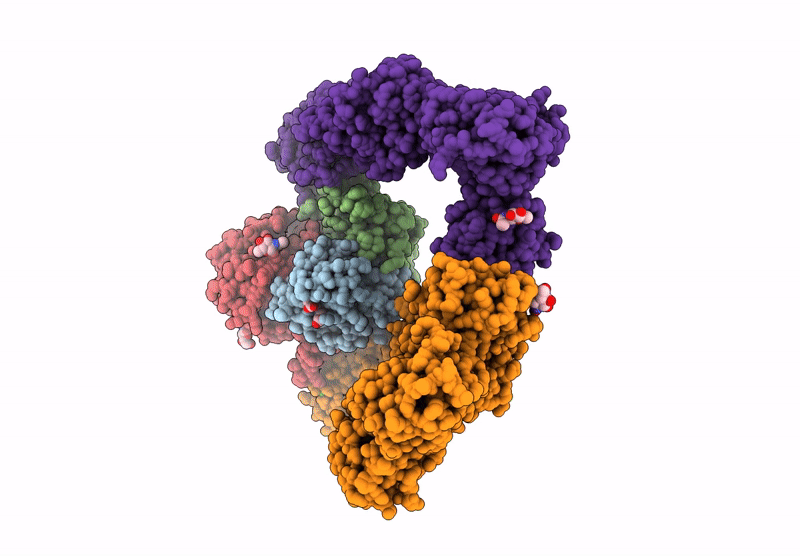
Deposition Date
2024-06-07
Release Date
2024-12-18
Last Version Date
2025-07-02
Entry Detail
PDB ID:
9FMU
Keywords:
Title:
Cryo-EM structure of human CD163 SRCR1-9 in complex with haptoglobin-hemoglobin
Biological Source:
Source Organism:
Homo sapiens (Taxon ID: 9606)
Host Organism:
Method Details:
Experimental Method:
Resolution:
4.46 Å
Aggregation State:
PARTICLE
Reconstruction Method:
SINGLE PARTICLE


